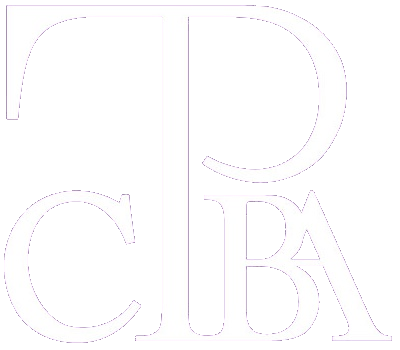Refinar su búsqueda
Disponibilidad
-
Autores
-
Colecciones
-
Tipos de ítem
-
Series
-
Temas
- DOBLAJE
- ENSEÑANZA DE LA TRAD...
- ESTRUCTURAS SEMÁNTIC...
- HUMOR
- JUEGOS DE PALABRAS
- METODOLOGÍA DE LA IN...
- METODOLOGÍA DE LA TR...
- SUBTITULADO
- TEORIA DEL HUMOR VER...
- TRADUCCION DEL/AL CA...
- TRADUCCION DEL/AL IN...
- TRADUCCIÓN AUDIOVISU...
- TRADUCCIÓN DE MEDIOS...
- TRADUCCIÓN DE PELÍCU...
- TRADUCCIÓN DEL/AL ES...
- TRADUCCIÓN DEL/AL FR...
- Mostrar más
- Mostrar menos

